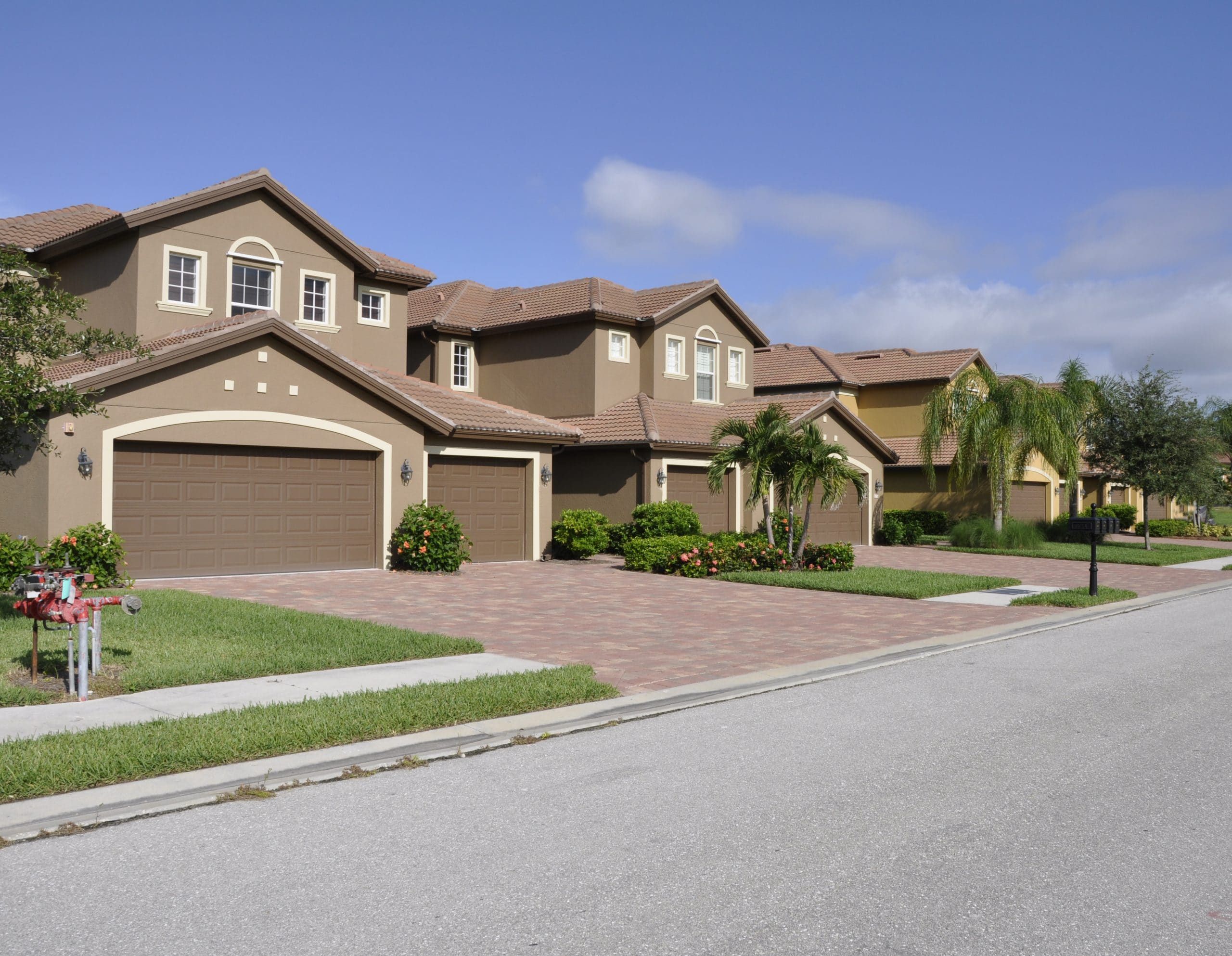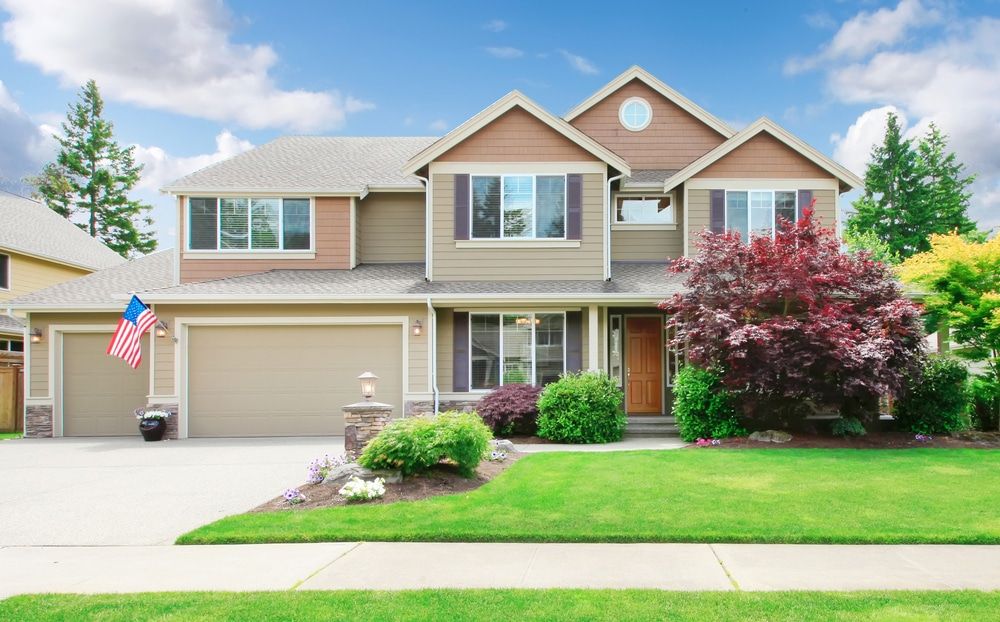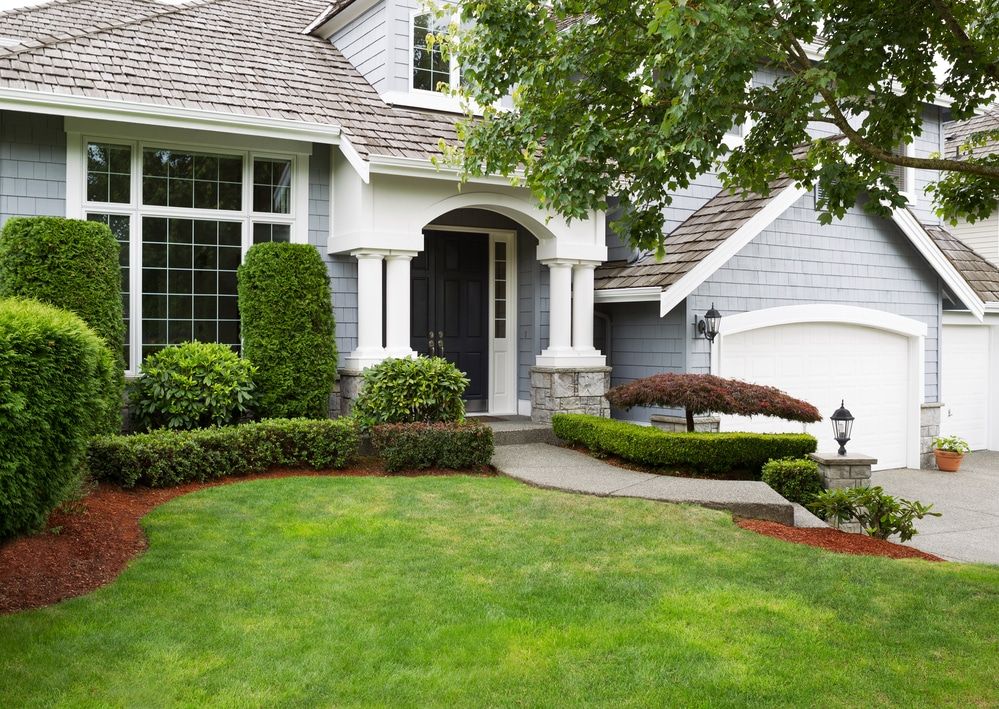How Often Should You Repaint Your Home
Repainting your home is more than just updating colors—it’s a key part of protecting your property and maintaining its beauty and value. Whether you’re planning to refresh a faded exterior paint job or wondering how long your interior paint will last, understanding how often to repaint can save money and help prevent costly repairs. Professional painters Orlando can also help you assess your home’s needs and ensure every coat is built to last. Let’s dive into why repainting matters, what factors influence how frequently it’s needed, and how to know when it’s time to paint your house.
Why Repainting Your Home Matters
The benefits of a paint job go far beyond appearance. One of the most important reasons to repaint your home is to preserve its value. A well-maintained coat of paint shows pride in ownership and can significantly boost the resale value of your property. On the other hand, peeling paint or faded color often signals neglect, even if everything else is in excellent condition.
A fresh coat of paint also plays a critical role in preventing structural damage. It acts as a barrier against moisture, which can lead to dry rot, mold, or mildew. Over time, exposure to sun, rain, and temperature changes weakens this protective layer. Repainting ensures your home exterior stays protected, especially in areas with heavy rain or harsh winters.
Of course, there’s also the visual impact. A new paint job dramatically improves curb appeal. It makes your home feel fresh and inviting and is one of the most affordable ways to transform your space. Paint doesn’t just protect; it enhances the entire mood and presentation of your house exterior.
General Guidelines for Repainting Frequency
- Exterior paint generally needs to be redone every 5 to 10 years due to exposure to sun, rain, and temperature changes. The exact timing depends on the surface material, climate, and high-quality paint used in the previous paint job.
- Interior walls in low-traffic areas, like bedrooms or living rooms, typically last around 7 years before being repainted.
- Kitchens, bathrooms, and high-traffic areas such as hallways require more frequent attention, usually every 3 to 5 years, because of humidity, cooking residue, and daily wear and tear.
- Ceilings can often go up to 10 years without needing a new coat, as they experience minimal contact or wear.
- Trim, baseboards, and moldings show scuffs and dirt more quickly, so they may need touch-ups or repainting sooner.
Factors That Influence Repaint Frequency
The longevity of a paint job can vary widely from one home to another, and it’s not always about time alone. Understanding what affects how long your paint holds up can help you plan better and get the most out of every coat. Here are a few factors to consider:
1.Surface Material
The type of surface you paint significantly affects how long the finish will last. Wood siding tends to absorb moisture and expand with temperature changes, which leads to fast wear and fading. More stable materials like fiber cement, aluminum siding, and brick typically hold paint longer and need less frequent maintenance. More traditional cladding needs more attention, especially in older homes.
2. Paint Quality
Not all paints are created equal. High-quality paint contains better ingredients that resist fading, cracking, and staining. While it may cost more upfront, it can significantly extend the life of your paint job and reduce the number of times you need to paint a house.
3. Climate and Weather
Your local climate heavily influences paint durability. Homes exposed to direct sunlight or extreme weather often experience faster fading and cracking. Rainy, coastal, or windy areas speed up deterioration due to salt and constant exposure to the elements, requiring attention to your home’s exterior.
4. Preparation and Maintenance
How well the surface is prepared before painting also affects longevity. Proper prep work—like cleaning, sanding, priming, and fixing cracks—creates a strong foundation. Regular maintenance, such as an annual power wash for your exterior house and touch-ups when needed, helps protect your investment in the long run.
5. Color Choice
Believe it or not, color impacts how long your paint job lasts. Dark shades absorb more heat and can fade or bubble under direct sunlight, while lighter colors reflect heat and tend to show less visible damage over time. Here are some budget-friendly painting ideas you can try on your next project.
Recommended Repainting Timelines by Area
Different parts of your home age at their own pace, and the need for repainting varies depending on where the paint is applied. Knowing how often to refresh each area helps keep your entire house looking its best while preventing long-term damage. Here’s a quick guide:
Exterior Surfaces
Exterior painting needs vary depending on the material. Wood siding usually needs repainting every three to seven years because it’s more vulnerable to moisture and temperature changes. Aluminum siding is more durable and typically lasts five to ten years before needing a new coat. Stucco and fiber cement surfaces generally hold up for six to ten years, while painted brick can stay fresh for up to fifteen years when properly maintained.
Living and Dining Areas
Interior spaces like living rooms and dining rooms usually don’t experience heavy wear and tear. As long as the walls remain clean and damage-free, these areas can often go five to seven years without needing a repaint.
Kitchens and Bathrooms
These high-humidity rooms deal with steam, splashes, and frequent cleaning, which wears down interior paint faster. Repainting every three to four years is usually necessary to maintain a clean, durable finish.
Bedrooms and Hallways
Adult bedrooms typically last five to seven years between coats, while kids’ rooms may need repainting more often due to rougher use. Hallways see a lot of traffic and tend to collect scuffs and marks, making a three to five-year paint cycle ideal.
Ceilings and Trim
Ceilings and trim tend to hold up the longest, especially if not touched or bumped often. With proper care and occasional cleaning, they may only need repainting every six to ten years.
Signs It’s Time to Repaint
1.Peeling or Cracking Paint
When you notice peeling or cracked paint, the surface underneath may be exposed and vulnerable to water damage or decay.
2.Fading or Uneven Color
If your walls—especially those in direct sunlight—look faded or uneven, the previous paint job is breaking down and no longer protecting your home interiors.
3.Bubbling or Blistering
Bubbles and blisters often indicate moisture trapped underneath the paint, which can lead to mold and structural problems like dry rot.
4. Stains, Mold, or Mildew
Dark spots or mildew on walls, especially in damp spaces, are clear signs that the area needs surface treatment and a new coat of paint.
5. Chalky Residue
If your exterior paint leaves a chalky residue when touched, it’s a sign the finish is breaking down. It’s a clear indicator that it may be time to revisit how often to repaint your house to keep it adequately protected and looking fresh.
Best Practices for Extending Paint Longevity
A great paint job doesn’t end when the last coat dries—it’s all about what you do before and after. With the right approach and regular care, you can extend the life of your paint and keep your home looking fresh for years. Here are a few top practices to help you achieve paint longevity:
Start with Proper Preparation
The foundation of a long-lasting paint job is proper prep work. Cleaning surfaces, repairing cracks, and using primer make a big difference in how long the coat of paint will protect your house.
Choose the Right Paint
Always choose high-quality paint designed for your environment. Specialty formulas exist for humid, sunny, or coastal areas and can help extend the life of your paint job.
Maintain After Painting
Routine maintenance, such as light cleaning, dusting, or an annual power wash of the entire house, can prevent early fading and surface damage. Catching small issues with touch-ups helps avoid repainting sooner than necessary.
Control Indoor Moisture
Keeping indoor humidity low, especially in kitchens and bathrooms, helps your interior paint last longer. Moisture leads to bubbling, peeling, and mold, so proper ventilation is essential.
Repainting: DIY or Hire a Pro?
Painting can be a rewarding DIY project for some rooms, but larger or more complex exterior painting jobs often benefit from a professional touch. Not only do pros finish faster, but most experts agree they also deliver a smoother finish with better durability, which is especially important for traditional cladding or hard-to-reach areas.
Professionals understand the details of extending a paint job for the long haul, from proper prep work to selecting the best materials for your home exterior. While hiring help may seem time-consuming or costly upfront, it pays off in quality, safety, and a better overall result.
Refresh Your Home With Paisley Painting
At Paisley Painting, we specialize in high-quality, long-lasting finishes that protect and beautify your entire house, inside and out. Whether you’re tackling wear and tear or planning a complete transformation, our expert team delivers flawless results with every paint job. Contact us today for a free estimate, and let’s give your home’s exterior and interior the care it deserves.


